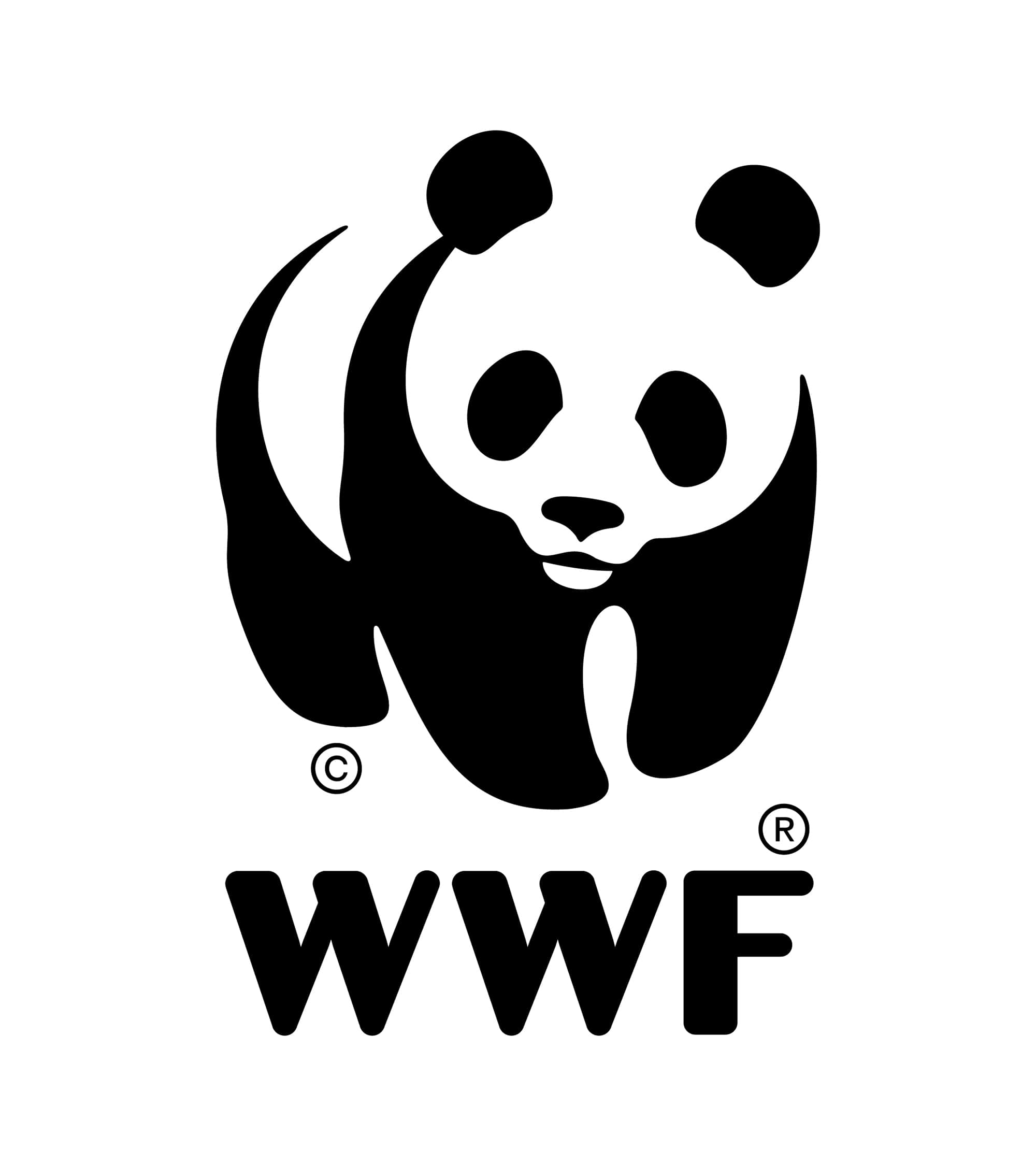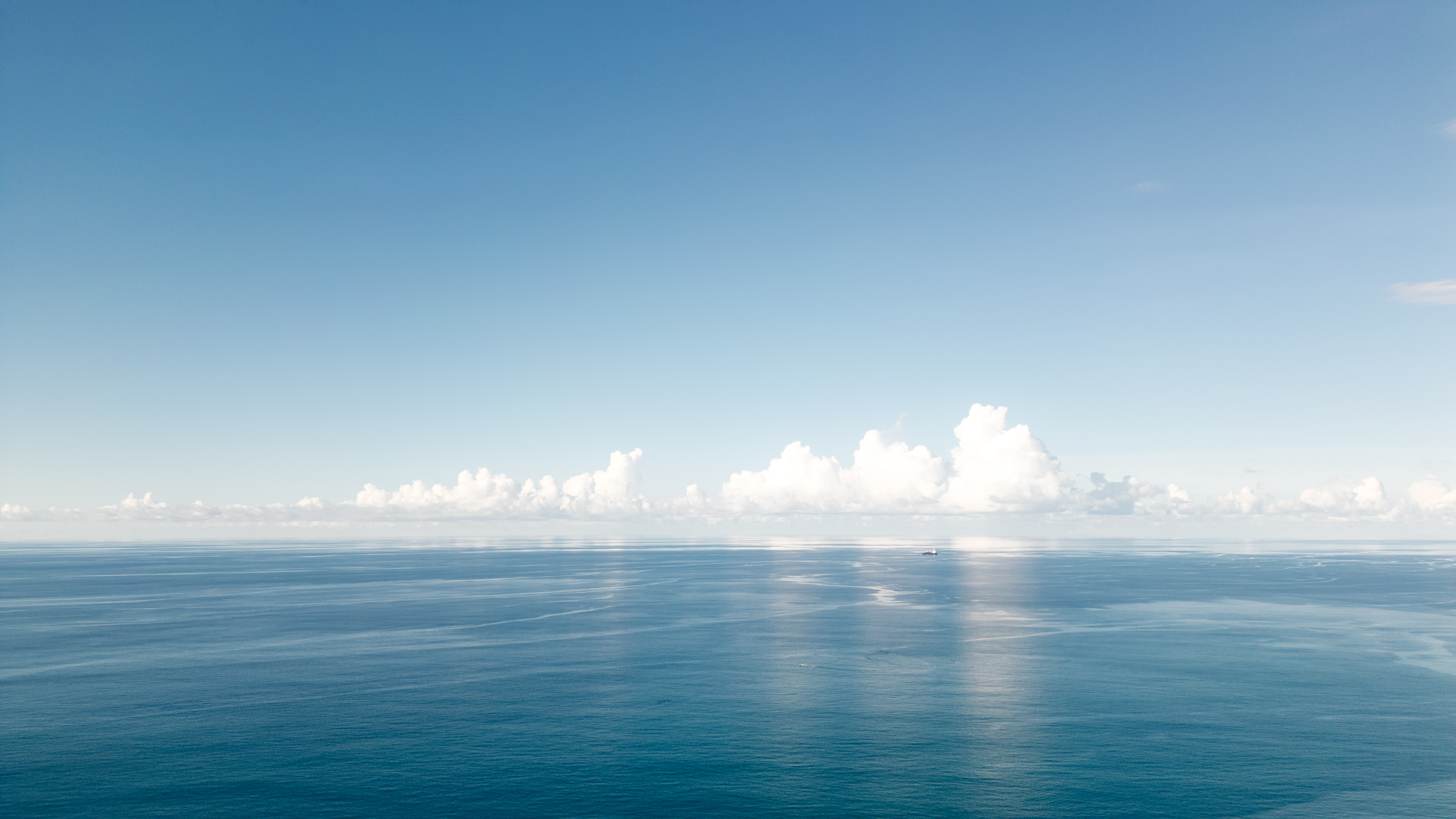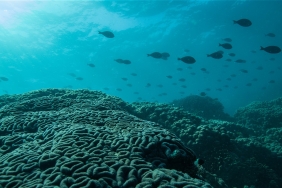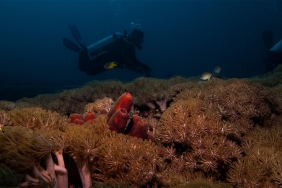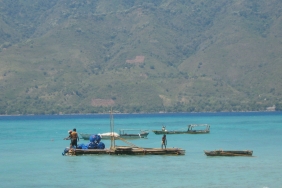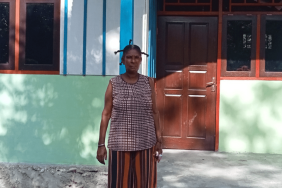MONITORING PROTOCOLS ON MARINE PROTECTED AREA
By Anton Wijonarno
The effectiveness of Marine Protected Area (MPA) management can be measured through monitoring activities. The natural resources monitoring activities include the collection and analysis of repeated observations and measurements to evaluate changes in condition and progress toward meeting a management objective (Elzinga et al., 1998:1). To ensure that changes detected by monitoring activities are actually occurring in nature and not a result of measurements taken by different people in slightly different ways, monitoring protocols are developed and implemented in field level and as part of long-term monitoring programs (Oakley, Thomas & Fancy 2003).
Monitoring protocols are; (1) a key component of quality assurance for monitoring programs to ensure that data meet the standards of quality with a certain level of confidence, (2) necessary for transparent programs so that data stand up to external review, (3) necessary to detect changes over time and changes in personnel conducting the monitoring, and (4) necessary to allow comparisons of data from different places and taken by different institutions.
Monitoring protocols should provide detailed explanation of monitoring activities program. Basically, the protocols should provide complete information for skillful field technicians to implement the monitoring programs without further explanation, and the monitoring protocols should be functioned as guidelines during the implementation in the field. The protocols can be revised regularly, so it should contain revision date and number to track the revision. The protocols should include specimen of forms in the field.
Monitoring Objectives
In general, the objectives of monitoring program are to measure the effectiveness of Marine Protected Area (MPA) management. Specifically, the monitoring objectives are (1) to measure the performance of MPA management, (2) to provide information on adaptive management, and (3) to show the presence of management.
Providing information on management: Management of a marine protected area is only effective if it is based on the proper knowledge on how humans affect the resources within the MPA. Measurement of threats, strategy design, and measures to reduce threats require the updated information about: who does what, where, and where within the protected area – this information can only be achieved by conducting regular monitoring. For example, monitoring of the natural resources usage can show the species and types of fishes that are newly introduced to the protected area, which need the management reaction to avoid the reduction of fish stocks.
Measuring performance: Currently, donors and tax payers like to ask the MPA management authority to show that the management fund is used effectively. In other words, explaining how the fund is used for the protected area management in the form of accounting is no longer sufficient. Today, the authority or the area managers should also show that the expected changes of behavior among the resources users are achieved. For example, if the protected area managers want to reduce fish bombing, the managers should show that not only the law enforcement has been implemented as planned, but also fish bombing incidents have been reduced. The monitoring of natural resources usage can help showing the management effects or impacts. A good example of this is the reduction of fish bombing after the implementation of routine security patrols program.
The presence of management: Monitoring activities indirectly show the presence of MPA management officers in the field. Fishermen know that they are not allowed to catch fishes in the no-take zone. But if there is a chance, every fisherman tends to break this regulation because fish population in the no-take zone is more abundant compared to the surrounding area. Monitoring activities also show the presence of management officers in the field. This helps preventing from unlawful activities done by fishermen, such as fish bombing or fishing in the no-take zone.
Contact: Anton Wijonarno, Marine Program Development & Monitoring Coordinator (AWijonarno@wwf.or.id)
